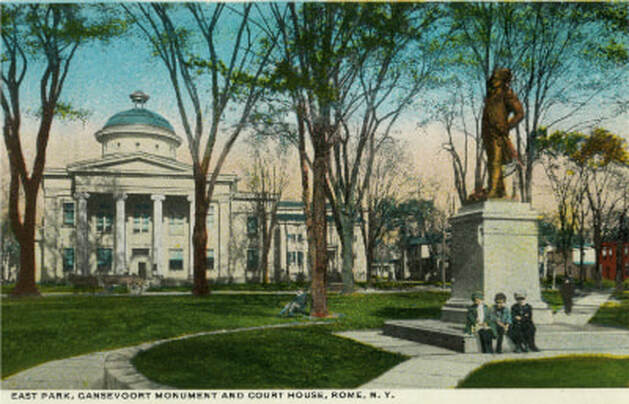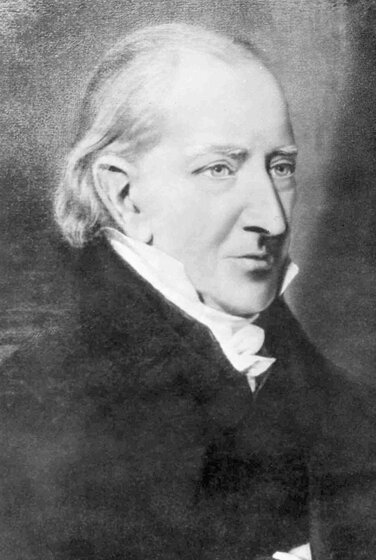|
The city that is Rome, NY, today was nothing but an abandoned fort, a swamp, and a lot of potential when Irish-born Dominick Lynch mapped out his vision for the community in 1796. Over the next 29 years he built up a thriving town he called Lynchville, criss-crossed by streets he named after his friends and family. Those familiar street names include, James, Jasper, Louisa, Ann, John, and Henry (after some of his 13 children), Dominick and Lynch (after himself), and George and Washington (after his friend the Father of our Country). Lynch had the honor of attending George Washington’s inaugural ball in 1789 having become acquainted with him when they were neighbors in New York City.
1 Comment
Marty
1/4/2020 02:41:54 pm
Another interesting issue!
Reply
Leave a Reply. |
AuthorThe Craobh Dugan-O'Looney blog is written by Sue Smith Romero. Questions? Corrections? Send them on to her at uticairish@gmail.com Categories
All
|


 RSS Feed
RSS Feed